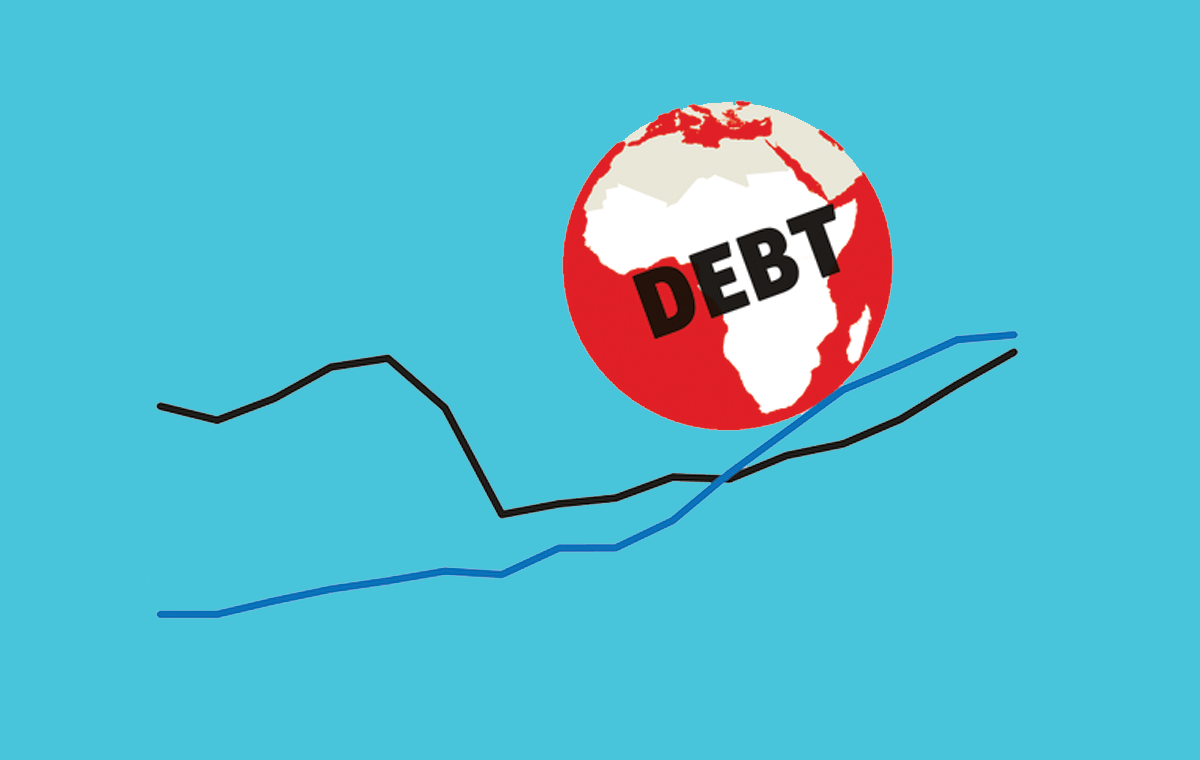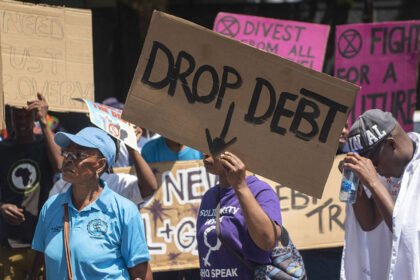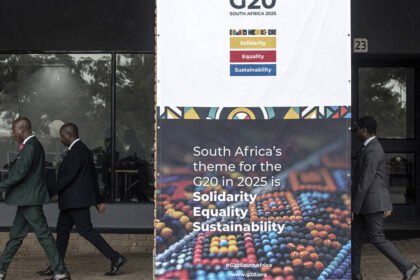Zimbabwe’s President Emmerson Mnangagwa has roped in African Development Bank President Dr Akinumwi and former Mozambican president Joaquim Chissano to facilitate its debt clearance process.
The incremental debt in African nations, despite a projected decline in public debt from 61% of GDP in 2023 to 57% in 2024, poses several significant downsides impacting their progress:
Debt Servicing Cost
High levels of debt require substantial financial resources to service, which means a large portion of national budgets is allocated to interest and principal repayments. This reduces the funds available for essential public services such as healthcare, education, and infrastructure development, hindering overall socio-economic progress.
Limited Fiscal Space
The burden of debt limits the ability of governments to respond to economic shocks or invest in long-term development projects. This constrained fiscal space can impede efforts to achieve sustainable growth and reduce poverty, as governments struggle to balance debt repayments with necessary expenditures.
Vulnerability to External Shocks
High debt levels make African nations more vulnerable to external economic shocks, such as fluctuations in commodity prices, global financial instability, or changes in international interest rates. These shocks can exacerbate debt burdens, leading to further economic instability and potential crises.
Debt Distress Risks
Despite projected improvements, the risk of debt distress remains high. Debt distress can lead to a loss of investor confidence, increased borrowing costs, and reduced access to international capital markets. This situation can create a vicious cycle of borrowing at higher costs to meet existing obligations, further exacerbating debt issues.
Impact on Credit Ratings
High debt levels and associated risks can negatively impact a country’s credit rating. Lower credit ratings increase borrowing costs and limit access to affordable financing, which can stifle economic growth and development initiatives.
Opportunity Costs
The resources devoted to debt servicing could otherwise be used for productive investments in human capital, infrastructure, and technology. This opportunity cost delays critical development projects and slows down progress towards achieving economic diversification and resilience.
Social and Political Instability
Prolonged economic strain due to high debt levels can lead to social unrest and political instability. Austerity measures and budget cuts necessary to manage debt can cause public dissatisfaction and erode trust in government institutions, potentially leading to social conflict and political instability.
Dependency on External Assistance
Persistent high debt may increase dependency on external financial assistance and influence from international financial institutions, limiting the autonomy of African nations in setting their own development agendas and policies.
While the projected decline in debt-to-GDP ratios is a positive sign, the substantial debt burden accumulated over previous years continues to pose serious challenges for the sustainable development and economic stability of African nations. Addressing these issues requires comprehensive debt management strategies, including debt restructuring, economic diversification, and prudent fiscal policies to ensure long-term economic health and resilience.
Shaun Jayaratnam is a Senior Business Leader with global experience in driving business growth in Emerging Markets




